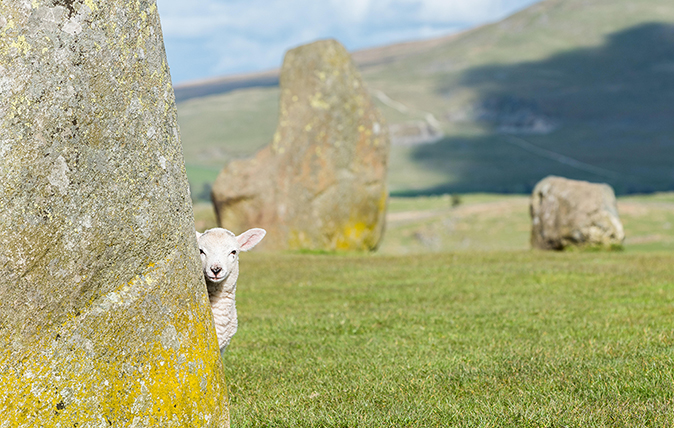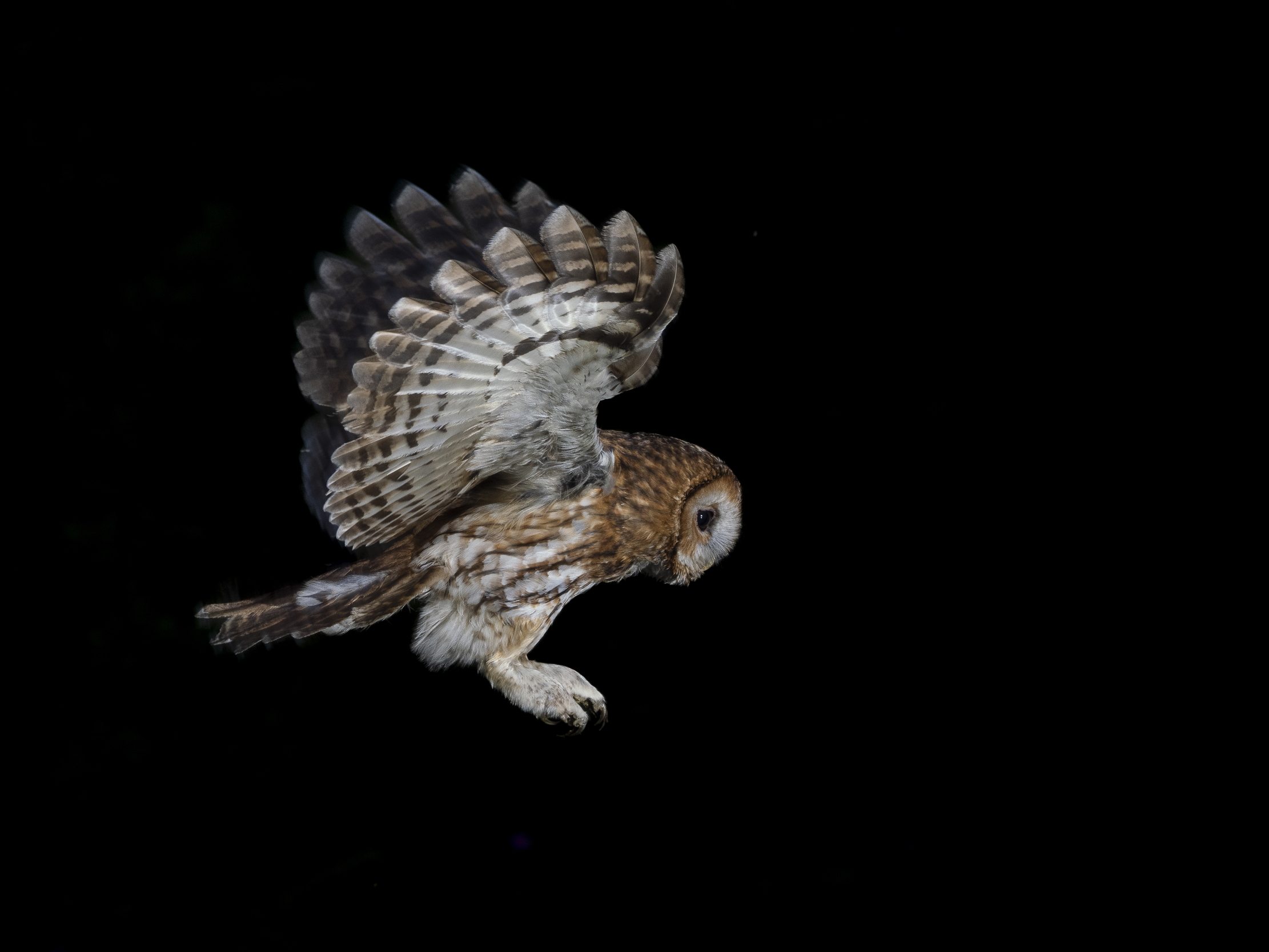Rare-breed poultry and pigs on the decline according to latest Rare Breed Survival Trust Watchlist
Avian flu combined with higher input prices has had a damaging effect on Britain's native poultry populations, according to the RBST.


Avian flu, combined with substantial increases in the cost of keeping poultry, has had a serious effect on Britain’s native chicken, duck, geese and turkey breeds, all of which have been moved into the ‘priority’ category of the Rare Breed Survival Trust’s (RBST) 2024–2025 Watchlist, which is released today.
The picture is not too rosy for native-breed pigs either: seven out of 11 breeds are now categorised as priority and the number of registered Welsh pig sows dropped to 296 in 2023 from 457 in 2020. The only positive pig news is for the smartly marked Saddleback, with an increase in both keepers (by 12%) and breeding sows (16%).
‘The UK’s brilliant array of rare and native poultry is under serious threat,’ comments RBST trustee Tom Davis, who runs the community charity Mudchute Park and Farm in east London. ‘There is a clear decline in active breeding programmes and, when breed populations are so low, losing flocks can be devastating. Collecting comprehensive rare-breed poultry data to steer conservation efforts is a serious challenge and we really need more people to be encouraged to keep these birds and work with RBST and breed societies to help conserve them for the future.’
Data from the British Pig Association confirms a two-year decline of 75 breeding sows for the snub-nosed Berkshire pig and a drop of 65 for the Tamworth, Britain’s original forest pig. There is bad news, too, for the Section B Welsh pony — over 15 years, numbers of this charming children’s riding pony have plummeted from 1,044 to fewer than 400. Despite being a royal favourite, the versatile Cleveland Bay now has a dangerously low Effective Population Number (a measure of genetic diversity, not actual numbers) of under 50.

The dual-purpose Shetland cow that has sustained crofters since the days of the Vikings has declined by 19% and the Lincoln Red sees a worrying drop of 39% in registered dams. ‘Some of these rare native breeds have provided communities with food, fibre and power for centuries,’ says RBST chief executive Christopher Price. ‘As well as their great value to our national heritage these breeds have a crucial role in the UK’s transition to sustainable food production that also supports the natural environment.’
Defra’s new Environmental Land Management scheme (ELMs) encourages farmers and smallholders to choose native breeds for grazing, but, as Mr Price points out: ‘It does nothing to help safeguard the future of our native pig and poultry breeds. We want to see the ELMs SP8 supplement broadened to include native pigs and poultry as well as grazing animals.’
The news is not all bad: flocks of the Greyface Dartmoor sheep have increased sufficiently (by 155% since 2009) for the breed to be no longer categorised as rare and the breeders of the ancient Norfolk Horn rose by 14% last year. One of the rarest of the rare, the Vaynol cow, has stabilised in numbers and Irish Moiled dams have risen by 8%.
Sign up for the Country Life Newsletter
Exquisite houses, the beauty of Nature, and how to get the most from your life, straight to your inbox.
On the equine front, the New Forest pony has the potential to move out of the rare categorisation and Exmoors and Dartmoors are doing well. The status of Britain’s four native goat breeds (Bagot, English, Old English and Golden Guernsey) continues to improve thanks to recognition of their conservation-grazing value.

The Legacy: Philip Wayre, the man who saved the otter
The heartwarming tale of how this film-maker and naturalist restored the otter to English rivers.

Farmers warn of looming food crisis after 'wettest winter in 150 years'
'To still be underwater in spring is unheard of. Our whole arable operation is on hold.'

From Shetlands to Shires: Native horse breeds of Britain
From Shetlands to Shires, it’s horsepower that helped make this country great. We celebrate the wonderful local diversity of our

Credit: ©Fiona Osbaldstone
Want to keep chickens? Here are 22 unusual breeds that'll give you a bustling coop — and maybe some pink eggs for breakfast
Lockdown has made the idea of keeping hens — and harvesting their eggs — even more appealing, but the populations

Shaggy sheep stories: 21 native British sheep breeds and how to recognise them
Here are just some of the breeds to consider, whether for field or table or both.
-
 Some of the finest landscapes in the North of England with a 12-bedroom home attached
Some of the finest landscapes in the North of England with a 12-bedroom home attachedUpper House in Derbyshire shows why the Kinder landscape was worth fighting for.
By James Fisher
-
 John Sutcliffe — The man, the myth and the paint-naming legend behind Dead Salmon and Elephant's Breath
John Sutcliffe — The man, the myth and the paint-naming legend behind Dead Salmon and Elephant's BreathBy Carla Passino
-
 Getting a wiggle on: How 're-wiggling' our rivers can save our countryside
Getting a wiggle on: How 're-wiggling' our rivers can save our countrysideFor more than a century, rivers have been straightened. Now, however, meandering projects are going on across the country to encourage ecology, discourage flooding and store water.
By Jane Wheatley
-
 North Yorkshire village is the latest to turn down the lights and become 'dark-skies friendly'
North Yorkshire village is the latest to turn down the lights and become 'dark-skies friendly'Hawnby is the first 'dark sky friendly' village in the North York Moors and residents are already starting to see positive results from dimming the lights
By Annunciata Elwes
-
 'Disconnected from our heritage' — conservation charity warns that more must be done to tackle light pollution
'Disconnected from our heritage' — conservation charity warns that more must be done to tackle light pollutionAccording to CPRE, The Countryside Charity, most of us can't see the stars correctly, and is calling on government to help fight back.
By Annunciata Elwes
-
 Meet the dry-stone wallers who restored a 300-year-old sheep pen in Cumbria
Meet the dry-stone wallers who restored a 300-year-old sheep pen in CumbriaCraftsmen Steven Allen and Trevor Stamper hope restored this historic sheepfold as part of a wider campaign to help support and promote common-land grazing
By Annunciata Elwes
-
 Organic farmed salmon is a 'misnomer' and certification should stop, claim fish conservation charities
Organic farmed salmon is a 'misnomer' and certification should stop, claim fish conservation charitiesIn an open letter to the Soil Association, WildFish and more than 30 other organisations have questioned the organic certification schemes for farmed salmon in Scotland.
By James Fisher
-
 83% of England's rivers show 'high pollution' levels as sewage and agricultural waste flow into the waterways
83% of England's rivers show 'high pollution' levels as sewage and agricultural waste flow into the waterwaysData collected by more than 640 anglers across the country have found that our rivers are in a perilous state.
By James Fisher